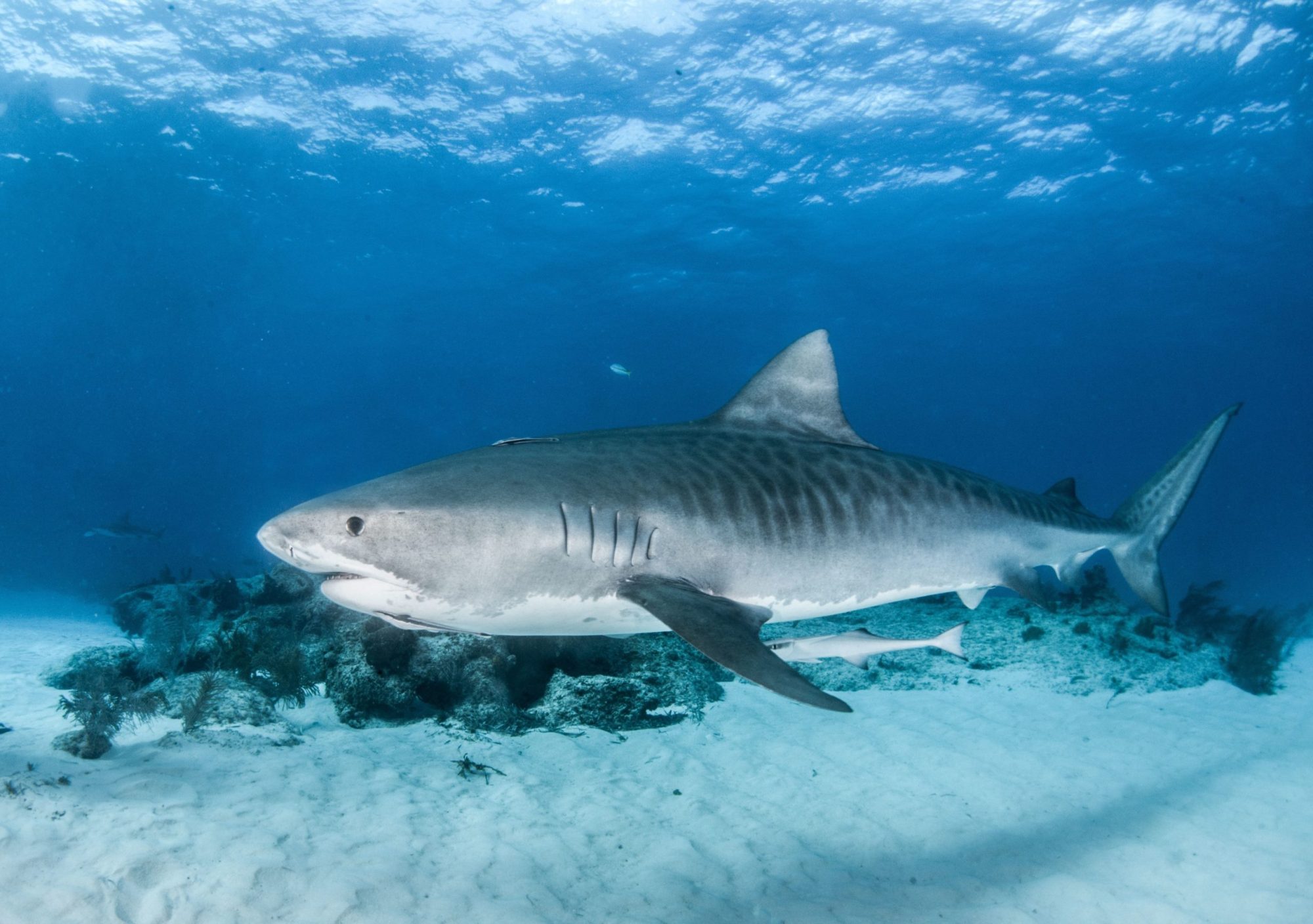Dangerous Animals in Hawaii

Hawaii offers many beautiful hikes, beaches, and volcanic vistas for the adventurous visitor. With the right equipment and guide, there are ways to surmount almost any challenge on the islands. That being said, it’s always a good idea to be aware of the dangerous animals in Hawaii and the best ways to avoid an encounter with one of them. Here is a list of three you most definitely won’t want to meet during your travels.
Giant Centipede

Scolopendra subspinipes is a giant, aggressive centipede with a venomous bite. This large arthropod strikes first and asks questions later, so it’s best to avoid when hiking (wear higher boots when hiking, just for sure – here is Amazon link) or out in the elements. This creature hunts spiders, small lizards, and mice. However, it has been known to attack humans, and its venom can kill children. Be aware and avoid this fellow when you can.
Dangerous Animals in Hawaii: Tiger Sharks
Divers and snorkelers in Hawaii may encounter tiger sharks. These sharks are identifiable by the bars on their flanks and their blunt noses. Tiger sharks bite three to four humans in Hawaiian waters every year, but fatal encounters are rare. Thus, it’s important to be aware and thoughtful when out in the water and to keep an eye out for these top predators. For example, swimming at dawn or dusk brings a higher likelihood of a shark encounter since this is their feeding time.
Swimmers are not likely to be attacked by tiger sharks if they avoid these creatures during a “feeding frenzy”. In fact, records show only 11 fatal shark attacks in Hawaii since 1828. Still, at over 13 feet, these sharks are one of the more dangerous varieties in the ocean. Use caution in Hawaii’s waters, and always listen when lifeguards warn about tiger sharks in the water.

Box Jellyfish
The box jellyfish is one of the dangerous animals in Hawaii. This invertebrate possesses toxic venom which can bring cardiovascular shutdown, shock, and drowning. While these frightening marine animals pack a deadly punch, they can be avoided by following the moon phases.
Yes, really! Box jellyfish mating patterns follow the moon phases, so as long as visitors avoid south facing beaches about eight to ten days after the full moon, it is unlikely they will meet this gelatinous killer.
When lifeguards spot a box jellyfish, they will typically prompt that beach to close, so be sure to swim in designated areas with proper oversight. Not all jellyfish species produce this venom, so be sure to alert the lifeguard if you see a jellyfish to determine if it is dangerous. Whether or not the jellyfish you see is a box jellyfish, it’s best to avoid touching any that you find.

